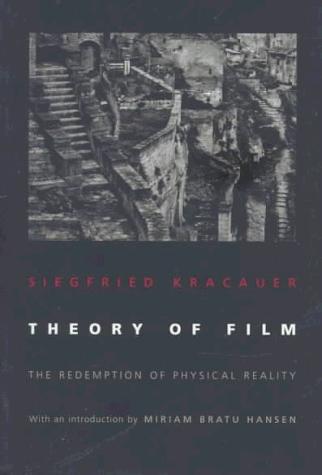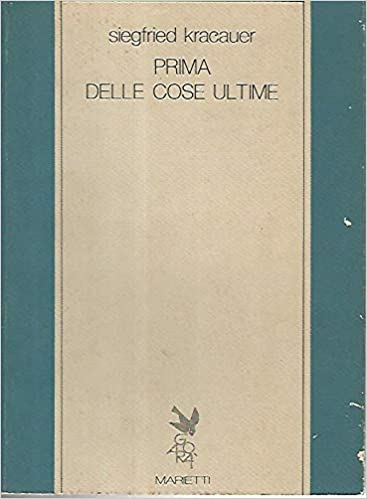Born to a Jewish family in Frankfurt am Main, Kracauer studied architecture from 1907 to 1913, eventually obtaining a doctorate in engineering in 1914 and working as an architect in Osnabrück, Munich, and Berlin until 1920.
Near the end of the First World War, he befriended the young Theodor W. Adorno, to whom he became an early philosophical mentor.
From 1922 to 1933 he worked as the leading film and literature editor of the Frankfurter Zeitung (a leading Frankfurt newspaper) as its correspondent in Berlin, where he worked alongside Walter Benjamin and Ernst Bloch, among others. Between 1923 and 1925, he wrote an essay entitled Der Detektiv-Roman (The Detective Novel), in which he concerned himself with phenomena from everyday life in modern society.
Kracauer continued this trend over the next few years, building up theoretical methods of analyzing circuses, photography, films, advertising, tourism, city layout, and dance, which he published in 1927 with the work Ornament der Masse (published in English as The Mass Ornament).
In 1930, Kracauer published Die Angestellten (The Salaried Masses), a critical look at the lifestyle and culture of the new class of white-collar employees. Spiritually homeless, and divorced from custom and tradition, these employees sought refuge in the new "distraction industries" of entertainment. Observers note that many of these lower-middle class employees were quick to adopt Nazism, three years later.
Kracauer became increasingly critical of capitalism (having read the works of Karl Marx) and eventually broke away from the Frankfurter Zeitung. About this same time (1930), he married Lili Ehrenreich. He was also very critical of Stalinism and the "terrorist totalitarianism" of the Soviet government.
With the rise of the Nazis in Germany in 1933, Kracauer migrated to Paris, and then in 1941 emigrated to the United States.
From 1941 to 1943 he worked in the Museum of Modern Art in New York City, supported by Guggenheim and Rockefeller scholarships for his work in German film. Eventually, he published From Caligari to Hitler: A Psychological History of the German Film (1947), which traces the birth of Nazism from the cinema of the Weimar Republic as well as helping lay the foundation of modern film criticism.
In 1960, he released Theory of Film: The Redemption of Physical Reality, which argued that realism is the most important function of cinema.
In the last years of his life Kracauer worked as a sociologist for different institutes, amongst them in New York as a director of research for applied social sciences at Columbia University. He died there, in 1966, from the consequences of pneumonia.
His last book is the posthumously published History, the Last Things Before the Last.





